PREVENTING AND REDUCING PIGMENT SPOTS
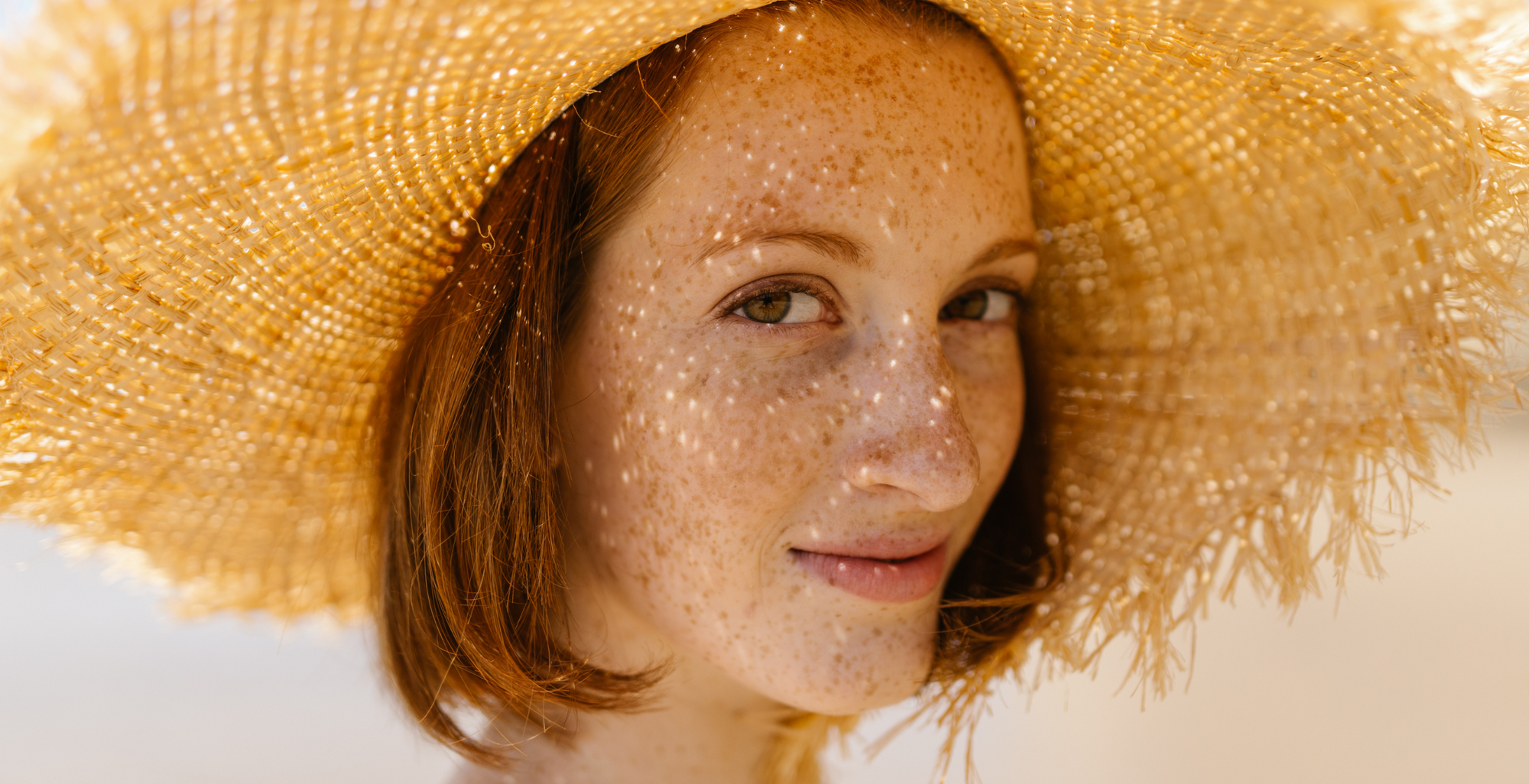
Oh summer! We dream of it. The days spent under the warm and enveloping rays of the sun. The sun, a mood regulator for many. Our best friend, but from whom we must also protect ourselves.
The arrival of summer comes hand in hand with pigment spots. Those unwanted little brown spots appear mainly due to the sun but are also the result of skin trauma (acne, scars, burns), hormonal changes or our genetics. In this blog post, see how they form and how to prevent or mitigate them when they are present.
Prepare yourself and your skin to enjoy summer to the fullest!
What is a pigment spot?
A pigment spot is an area of skin affected by a overproduction of melanin. This area is a different color from the surrounding skin, which which impacts the uniformity of the complexion. Some people find them aesthetic, while others seek to make them disappear.
How are they formed?
In our skin are specialized cells called “melanocytes”. These melanocytes are responsible for producing a pigment called “melanin”. You probably already know this, but it's this brown pigment that gives skin its color. It is also this pigment that defends it against the UV rays of the sun.
The production of melanin by melanocytes is a completely natural skin process. The sun on the skin stimulates the melanocytes which then produce melanin. Melanin rises to the surface of the skin which gives it its tanned complexion.
It is when there is excessive or abnormal production of melanin in a localized area that pigment spots appear. This phenomenon is also called hyperpigmentation.
L’hyperpigmentation can touch everyone And all skin types. However, pigment spots appear more in people over 40 years old. They are most often found on the face, but also on the forearms, neckline, upper back, back of the hands and shoulders, in short, in the places most exposed to the sun.
There are different types of pigment spots since the production of melanin is regulated by several factors: by hormones, by genetic factors and by environmental stimuli such as exposure to the sun.
The different types of pigment spots
A little clarification before listing them all. Pigment spots are generally harmless. However, it is prudent to monitor them because if they change shape, color, size or if they start to itch or bleed, this is not normal, so it is essential to consult a specialist.
Sunspots (age spots or lentigo)
These brown spots are due to prolonged and repeated exposure to UV rays from the sun. In addition to being able to cause the appearance of pigment spots, UV rays can also cause the darkening of existing hyperpigmentation. Taking certain medications can also make the skin more sensitive to light and therefore promote lentigo.
The pregnancy mask (or melasma)
These are triggered by hormonal changes such as taking birth control or pregnancy. This type is difficult to prevent, but its treatment is possible. And generally, the latter disappears after a certain time, following childbirth.
Post-inflammatory hyperpigmentation
This type of spot appears as a result of inflammation or injury (scars, burns, blemishes, cuts, acne, etc.) of the skin. There is then an overproduction of melanin, which leaves a dark mark, even after healing.
Genetic spots
Pigment spots can also be of genetic origin, such as freckles or birthmarks. These do not represent any danger in themselves.
How to prevent them?
With food
To prevent the appearance or reappearance of pigment spots, 3 diet tips are recommended:
- the vitamin C (citrus, kiwi, strawberry, pepper, etc.)
- THE carotenoids (tomato, carrot, pumpkin, sweet potato, mango, etc.)
- THE polyphenols (red grape, blackberries, raspberries, blueberries, etc.).
Protecting yourself from the sun
Exposure to the sun is the main cause of pigment spots, so it is important to take steps to protect yourself.
With appropriate skin care
Certain vegetable or essential oils can help reduce the appearance of pigment spots thanks to their antioxidant and regenerating properties. It is the presence of carotenoids, vitamin E, vitamin A and polyphenols in these oils that make them effective in evening out, harmonizing and brightening the skin. Used in synergy, they are very effective and without any danger for our skin and our health.
Here are some examples ofvegetal oils beneficial for pigment spots:
You will find these different oils in our moisturizing face serums. They can help you prevent and reduce pigment spots. Make them part of your daily routine!
** THE essential oils celery, rosemary verbenone, carrot and geranium are also recommended for the prevention and lightening of pigment spots. However, since essential oils are highly concentrated botanical active ingredients with very specific properties and contraindications, it is not advisable to use them alone without medical advice.
How to mitigate them?
We can prevent them, but can we significantly reduce them? The answer is yes, with an adapted care routine and regularity!
Before talking about care routine, 2 things are to know to "treat" them WELL:
- The best times to do this are fall and winter..
- Accept that it will take some time and regularity in your care.
An easy-to-follow 3-step skincare routine!
Step 1: Exfoliate
Exfoliate your skin to remove melanin and dead cells that have accumulated on its surface. Opt for a Konjac sponge; used every day, it gently exfoliates the skin. In case of sensitive skin, use it 1 to 2 times a week.
2nd step: Unify and give radiance
Bet on yellow clay masks. Purifying and exfoliating, it is highly recommended for blemished and sensitive skin (redness). It helps to restore radiance to the complexion and to unify it. Once every 15 days for sensitive skin and once a week for others. For an optimal effect, do not let your mask dry out, keep it moist throughout the break time.
Step 3: Lighten and homogenize
Massage your face every day for 1 to 2 minutes with a treatment containing active antioxidants (carotenoids, vitamin E and polyphenols) which stimulate cell renewal, brighten and even out the complexion. By massaging your face, you activate blood circulation and oxygenate your skin while stimulating the muscles and the production of collagen which helps to have plump skin and a beautiful complexion.
Briefly…
Age spots result from an overproduction of melanin which can be triggered by the sun's rays or by premature aging of the skin.
What you should remember from this article is that it is important to adequately protect your skin from the sun in summer, but also to use facial treatments that support it in its regeneration process throughout the year. . And this as much to prevent pigment spots as to reduce them.
Finally, keep in mind that cosmetics, whatever they are, are not magic: your spots can be faded, but not erased… learning to accept them is just as essential; )
Come on! Go out and enjoy the good weather!
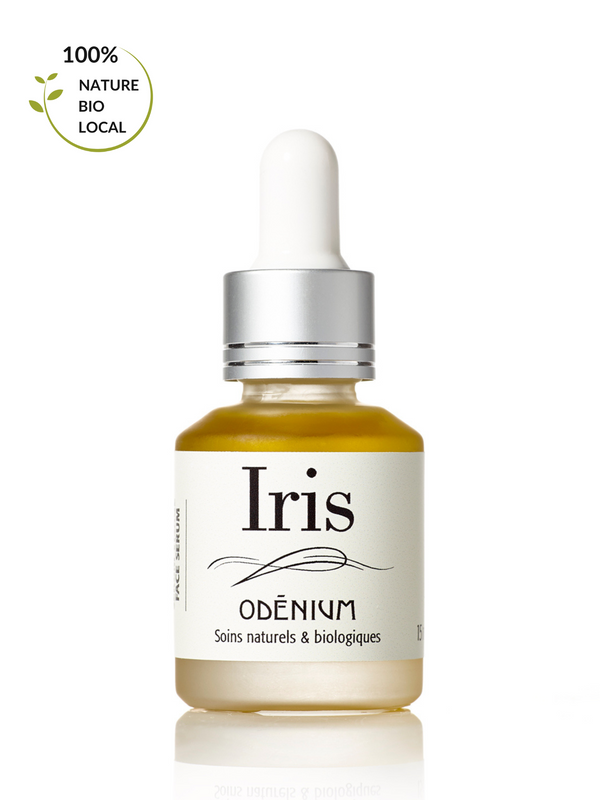
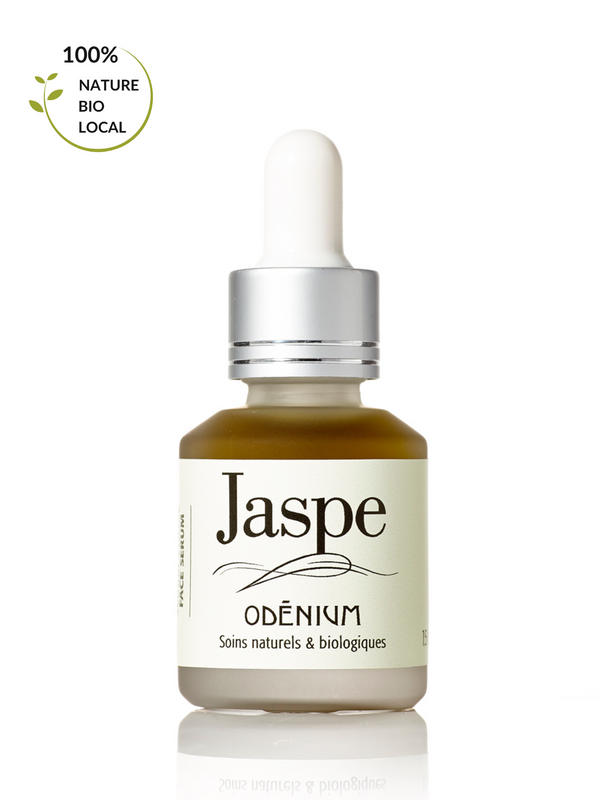
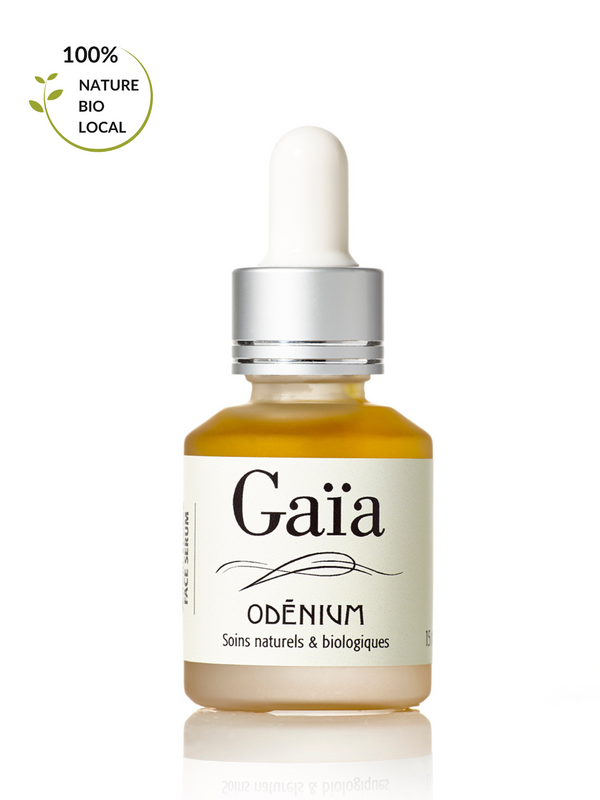
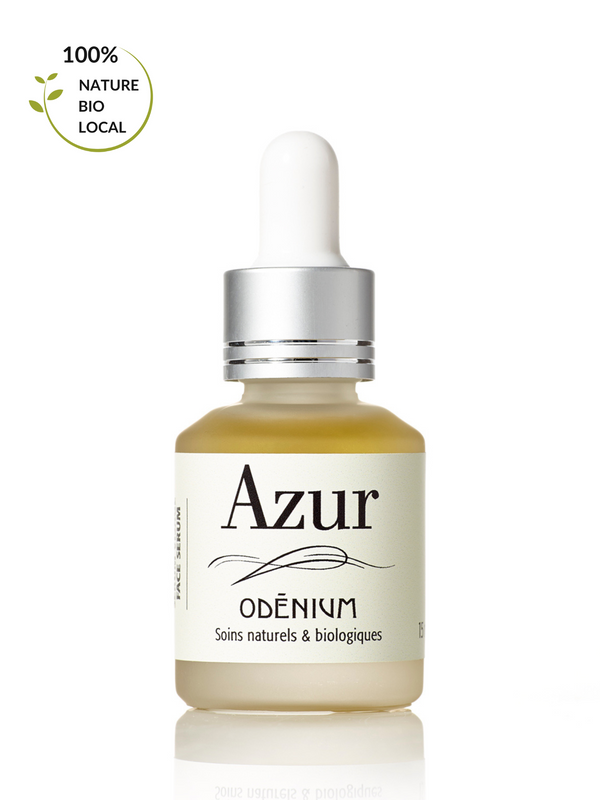
Comments
0 Comments
Leave a Comment